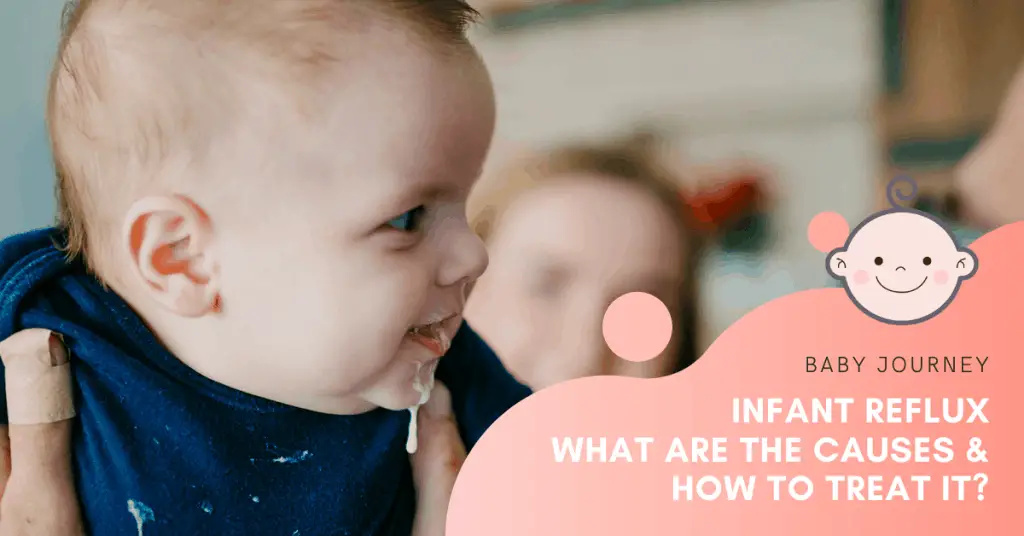Introducing a lovey to a baby can be a great way to provide comfort and security for better sleep. A lovey, also known as a security blanket or comfort object, can help babies soothe themselves to sleep and feel a sense of familiarity and safety. However, it’s important to introduce a lovey safely and at the appropriate time.
Parents may wonder when the right time is to introduce a lovey or security blanket. According to sleep experts, it’s best to wait until a baby is at least 6-12 months old and has developed some self-soothing skills. At this age, babies are less likely to be at risk of SIDS and are better able to manage the presence of a lovey or security blanket in their sleep space. It’s also important to choose a lovey or security blanket that is safe and free from any potential choking hazards.
When introducing a lovey, it’s important to do so gradually and in a way that feels natural to little one. Parents can start by placing the lovey near the baby during playtime or while reading a bedtime story. Over time, the little one will begin to associate the lovey with feelings of comfort and security, making it easier to introduce it as a sleep aid. By following these guidelines, parents can help their babies develop healthy sleep habits with the help of a comforting lovey.
Understanding the Concept of a Lovey
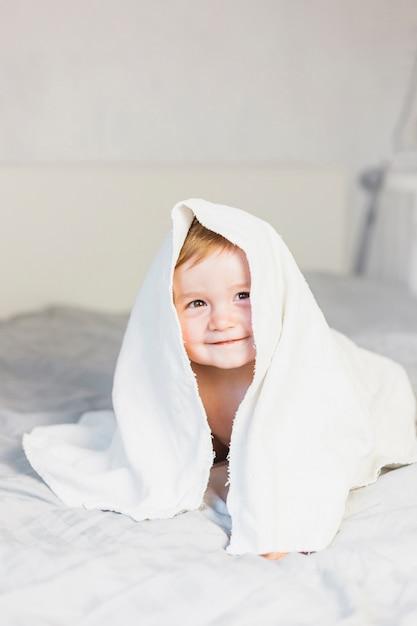
A lovey is a comfort object that provides a sense of security and comfort to babies and young children. It is a transitional object that helps children cope with separation anxiety and sleep disturbances. A lovey can be a blanket, small stuffed animal or, several stuffed animals or any soft object that a child can hold, cuddle, and interact with.
Attachment theory states that babies form an attachment to their family or primary caregiver, usually their mother, in the first few months of the baby’s life. The attachment provides a sense of security and comfort, and the baby feels safe and protected when the mom or caregiver is present. However, when the caregiver is absent, the baby may experience separation anxiety and distress.
This is where a lovey comes in. A lovey little one that serves as a substitute for the caregiver and provides the child with a sense of security and comfort when the caregiver is not present. It is a tangible object little one that the child can hold, smell, and touch, and it helps to give emotional support and soothe and calm the child.
A lovey is also known as a comfort object or transitional object. Transitional or comfort objects are part of a child’s normal development and are a sign of emotional maturity. They help children develop a sense of independence and self-soothing skills.
When introducing a lovey for sleep, it is important to choose a safe and appropriate object. The American Academy of Pediatrics recommends that babies sleep with nothing in their cribs for the first year of life, except for a firm and flat mattress and a fitted sheet. Once the little one is a year old and no longer at risk of Sudden Infant Death Syndrome (SIDS), a lovey can be introduced.
The Importance of a Lovey for Sleep
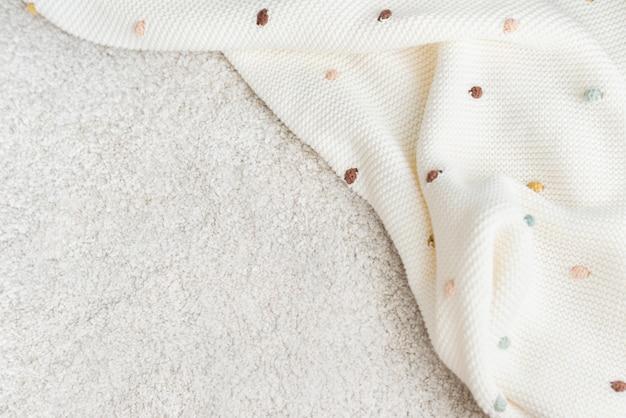
A lovey is a special object that your child can use to soothe and comfort themselves during sleep times. It is also known as a security object or transitional object. The use of a lovey can be an important part of a child’s sleep routine and can help them develop independence and self-soothing skills.
Introducing your toddler to a lovey can be a helpful tool in sleep training and can also be used during naptime. It is recommended to introduce your toddler to a lovey around 6-12 months of age, when your child is able to roll over and move around independently.
Having a lovey as part of a bedtime routine can help signal to your child that it is time to sleep. This can be especially helpful for children who have difficulty falling asleep on their own at night. The lovey can serve as a comforting and familiar object that helps your child feel secure and calm before bed.
It is important to choose a lovey that is safe and age-appropriate. Avoid using any objects that are too small or have parts that can break off and become a choking hazard. It is also recommended to avoid using a lovey that has a strong scent or noise.
When to Introduce a Lovey
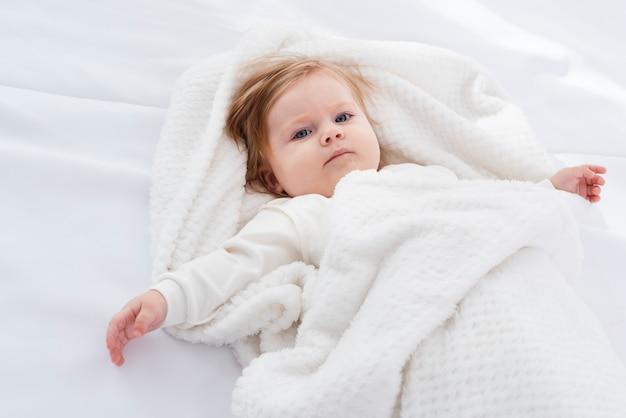
Introducing a lovey to a baby or toddler can be a great way to help them feel comforted and secure. However, it’s important to make sure that you introduce a lovey at the right time to ensure your kids see that it is safe and effective.
Introducing a lovey can be done when a baby is around 6 months to early years old. At this age, babies are able to start forming attachments to objects and may benefit from having favorite loveys as a comfort item to help them soothe themselves to sleep. However, it’s important to monitor your baby when they have a lovey in bed to ensure that they don’t accidentally cover their face with it.
Waiting until a baby is at least 6 months old before introducing a lovey baby sleep. They also advise waiting until a baby is able to roll over both ways and move freely around their crib before introducing a lovey for sleep. This is to ensure that the lovey does not pose a suffocation risk.
It’s important to note that the American Academy of Pediatrics recommends that babies under 12 months old should not have any soft stuffed animals objects security blankets or loose bedding in their crib while the night they sleep, as these items can increase the risk of suffocation. Therefore, it’s important to wait until your baby is over a year old before introducing a lovey for sleep.
When introducing a lovey, it’s important to choose a safe and appropriate item. Look for a lovey that is made of breathable fabric and does not have any loose parts that could pose a choking hazard. It’s also a good idea to choose a lovey that is easy to wash and keep clean.
Choosing the Right Lovey

When it comes to choosing a lovey for your baby, there are a few things to keep in mind. First and foremost, safety should be your top priority. Make sure that the lovey you choose is age-appropriate and free of any small, detachable pieces that could pose a choking hazard.
The type of lovey you choose will depend on your baby’s preferences. Some babies prefer a super soft down, cuddly blanket, while others prefer a small toy or stuffed animal. It’s important to choose a lovey that your baby is comfortable with and enjoys snuggling with.
When choosing a lovey, consider the material it is made of. A lovey made of natural, breathable materials such as cotton or bamboo is ideal, as it will be gentle on your baby’s delicate skin. Avoid loveys made of synthetic materials, as they can be irritating to your baby’s skin and may not breathe as well.
How to Introduce a Lovey

Introducing a lovey to a baby can be a great way to help them self-soothe and feel comforted, especially during bedtime. However, it’s important to follow some guidelines on how to introduce a lovey to ensure safety and effectiveness.
First, it’s recommended many families to introduce a lovey when the baby is around 6-8 months old, as they are starting to develop object permanence and can form attachments to objects. It’s also important to choose a lovey that is safe and appropriate for the baby’s age, such as a soft blanket or stuffed animal without small parts that can be a choking hazard.
To introduce the lovey, it’s recommended to incorporate it into the baby and family’s bedtime routine. For example, the parent can hold the lovey while feeding or reading a book to the baby, and then place it near the baby during sleep. This helps the baby form an association between the lovey and comfort, and also helps bond with the parent.
It’s also recommended many parents have to make the lovey personal and familiar to the baby. This can be done by choosing a lovey with a scent that the baby is familiar with, such as the parent’s scent or a familiar fabric softener. The parent can also play with the lovey with the baby during awake time, such as playing peek-a-boo or using it as a puppet, to help the baby form positive associations with the lovey.
Maintaining Safety with a Lovey
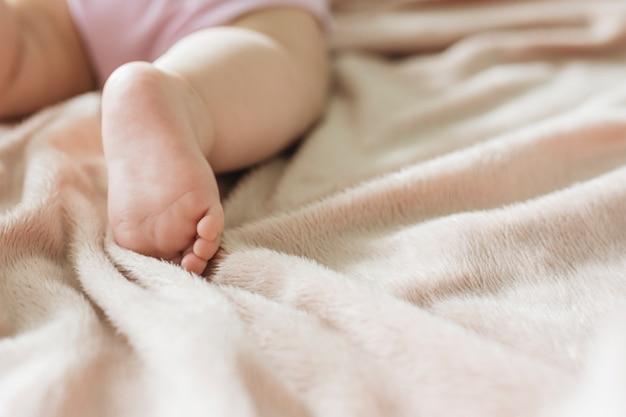
When introducing a lovey to a baby, safety is of utmost importance. For newborns, a safe sleeping environment is advised by the American Academy of Pediatrics (AAP) to lower the risk of Sudden Infant Death Syndrome (SIDS). Therefore, it’s crucial to make sure the baby’s lovey doesn’t provide any safety risks.
The following are some tips to maintain safety with a lovey:
- Before introducing a lovey, wait till the infant is at least 12 months old. There is no longer a need to swaddle a baby at this age because the Moro reflex, commonly known as the startle reflex, has subsided. As a result, the baby’s arms are free to move and can readily push anything that could suffocate them away.
- For infants younger than 12 months old, avoid using a lovey as a sleep aid. On a hard, flat surface without any loose blankets, toys, or soft things, infants should always sleep on their backs. When the infant is awake or during play, a lovey can be introduced.
- Choose a lovey that is safe and appropriate for the baby’s age. Avoid loveys with small parts that can be a choking hazard. Also, make sure the lovey is made of breathable materials and is not too big or bulky.
- Keep the lovey clean and wash it regularly. A dirty lovey can harbor germs and bacteria, which can be harmful to the baby’s health. Use a mild detergent and avoid fabric softeners or bleach.
- Do not attach the lovey to the crib or any other object near the baby. This can increase the risk of suffocation or entanglement. Instead, place the lovey in the crib away from the baby’s face.
By following these safety tips, parents can introduce a lovey to their baby without compromising sleep training their little ones’ safety. It is essential to remember that safety always comes first when it comes to a baby’s sleep environment.
Traveling with a Lovey
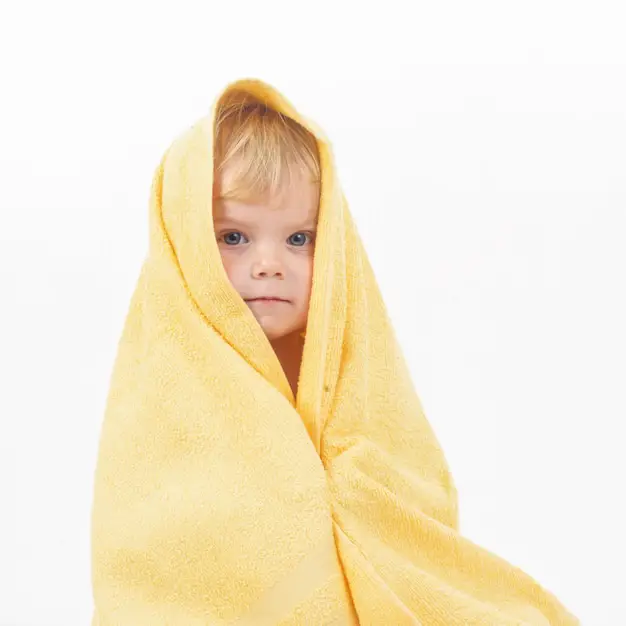
Traveling with a lovey can be a great way to provide security and comfort for your child while away from home. However, it’s important to take some precautions to make sure that the best lovey ever doesn’t get lost or damaged during the trip.
One way to ensure that the lovey stays with your child is to pack it in your carry-on bag or in a bag that you keep with you at all times. This way, you can keep an eye on it and make sure that it doesn’t get lost in transit.
Another option is to bring a backup lovey in case the original one gets lost or damaged. This can be especially important if your child has a strong attachment to the lovey and would be upset if it were lost.
When traveling by plane, it’s important to check with the airline to see if there are any restrictions on bringing comfort items like loveys on board. Some airlines may require that the lovey be stowed in a bag or placed in the overhead compartment during takeoff and landing.
Caring for the Lovey

Once the baby lovey has been introduced to the baby, it’s important to take good care of it to ensure that it remains safe and clean. Here are some tips on how to care for a baby lovey well:
Smell
Babies are very sensitive to smells, so it’s important to keep the lovey smelling fresh and clean. One way to do this is to wash the lovey regularly with a mild detergent. Another way is to keep the lovey near the parent’s skin for a few hours so that it picks up their scent. This can be especially helpful for babies who are having a hard time sleeping without their parents.
Wash
It’s important to wash the lovey regularly to keep it clean and free from germs. Most loveys are machine washable, but it’s important to check the care instructions before washing. It’s also a good idea to wash the lovey separately from other items to avoid snagging or tearing.
Spare
It’s always a good idea to have a spare lovey on hand in case the original gets lost or damaged. This can be especially important for babies who have become attached to their lovey and have a hard time sleeping without it. Having a spare lovey can help ease the transition if the original is lost or damaged.
Washcloths
Washcloths can be a great alternative to a lovey for babies who are too young to have a lovey. They provide a similar sense of comfort and security, but are less likely to pose a choking hazard. It’s important to choose a washcloth that is super soft and gentle on the baby’s skin, and to wash it regularly to keep it clean.
Washable
When choosing a lovey, it’s important to choose one that is machine washable. This will make it easier to keep the lovey clean and free from germs. It’s also a good idea to choose a lovey that is made from a material that is durable and can withstand frequent washing.
Lovey as a Helpful Tool
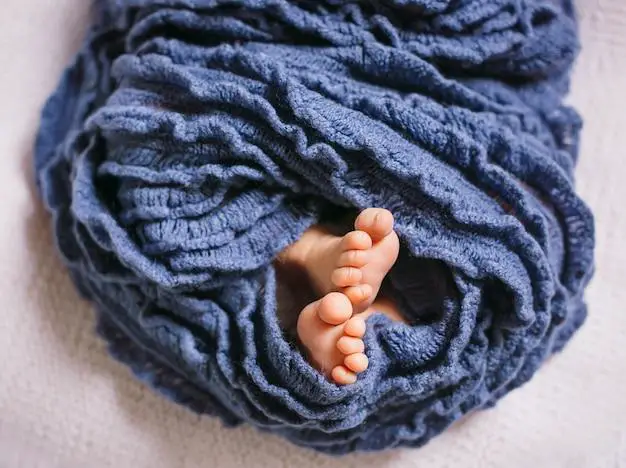
A lovey can be a helpful tool for parents and babies alike. These comfort objects and blankets can provide a sense of security and help babies self-soothe, especially during sleep time.
Introducing a lovey to a baby can be done when they are awake, but it’s best to avoid introducing it before they are at least a few months old. When introducing a lovey, it’s important to make sure it is safe for the baby by avoiding small or loose parts. Additionally, it’s best to avoid putting any items in the crib that may be a SIDS risk, especially if the baby is under a year old.
Once the baby is familiar with the lovey, it can be used during sleep time to provide comfort and a sense of security better the baby sleep in. It’s important to remember that a lovey should never be used as a sleep aid, but rather as a comforting object for the baby to hold and cuddle and fall asleep with.
Conclusion
Introducing a lovey to a baby can be a great way to help them feel secure and comforted to fall asleep. However, it is important to follow some guidelines to ensure that the lovey is introduced safely and appropriately.
Firstly, it is recommended to wait until the baby is at least six months old before introducing a lovey. This is because younger babies and toddlers may not have the ability to move the lovey away from their face if it accidentally covers their nose button eyes or mouth.
When introducing the lovey, it is important to make sure it is a safe size and shape for the baby. Avoid any small or loose parts that could pose a choking hazard. It is also important to keep the lovey clean and wash it regularly to prevent the buildup of bacteria.
To help the baby form a positive association with the lovey, it can be helpful to introduce it during a calm and relaxed time, such as during a during nap, feeding or bedtime routine. Parents can also try transferring their scent to the baby safe lovey by sleeping with it for a few nights before giving it to the baby.




